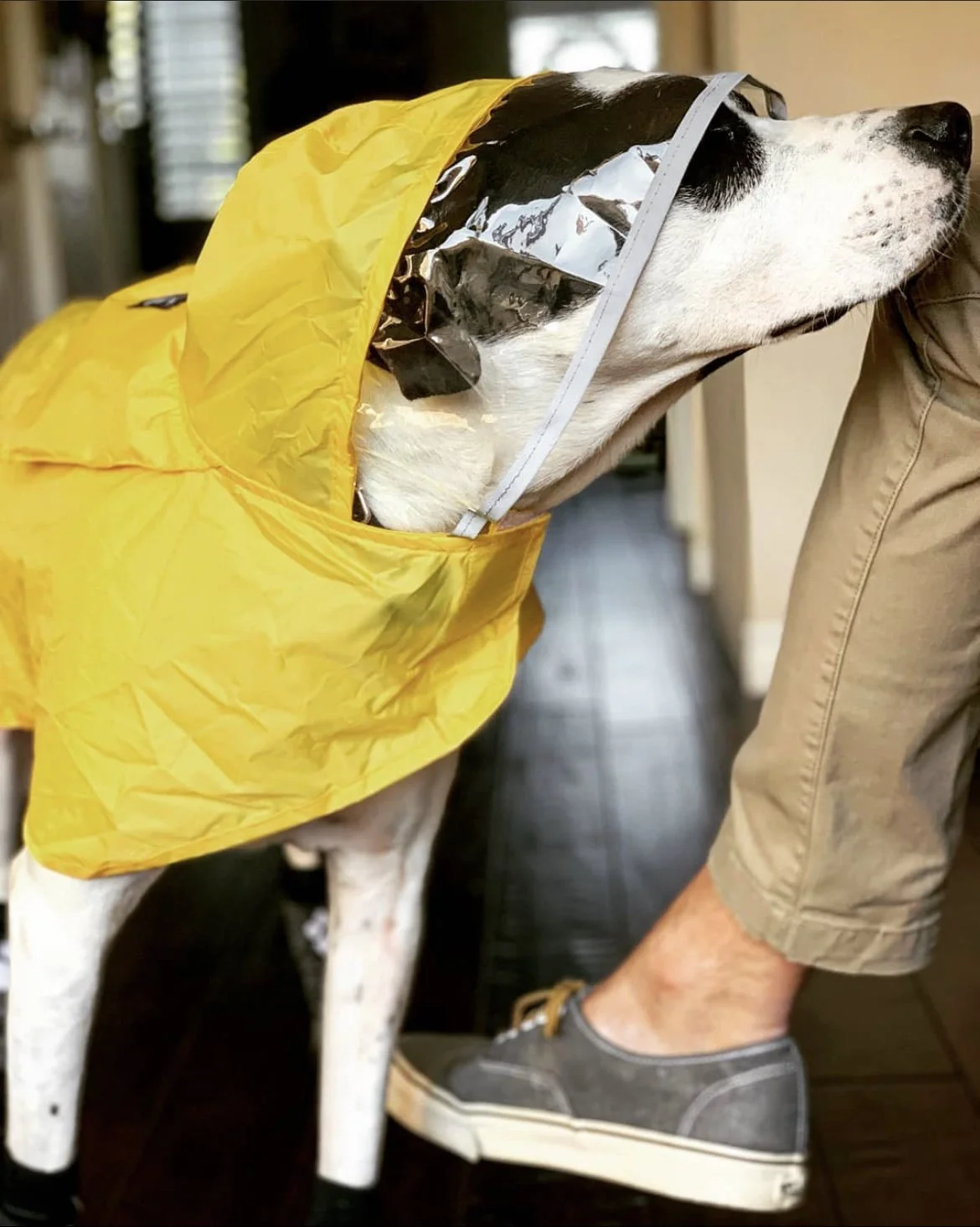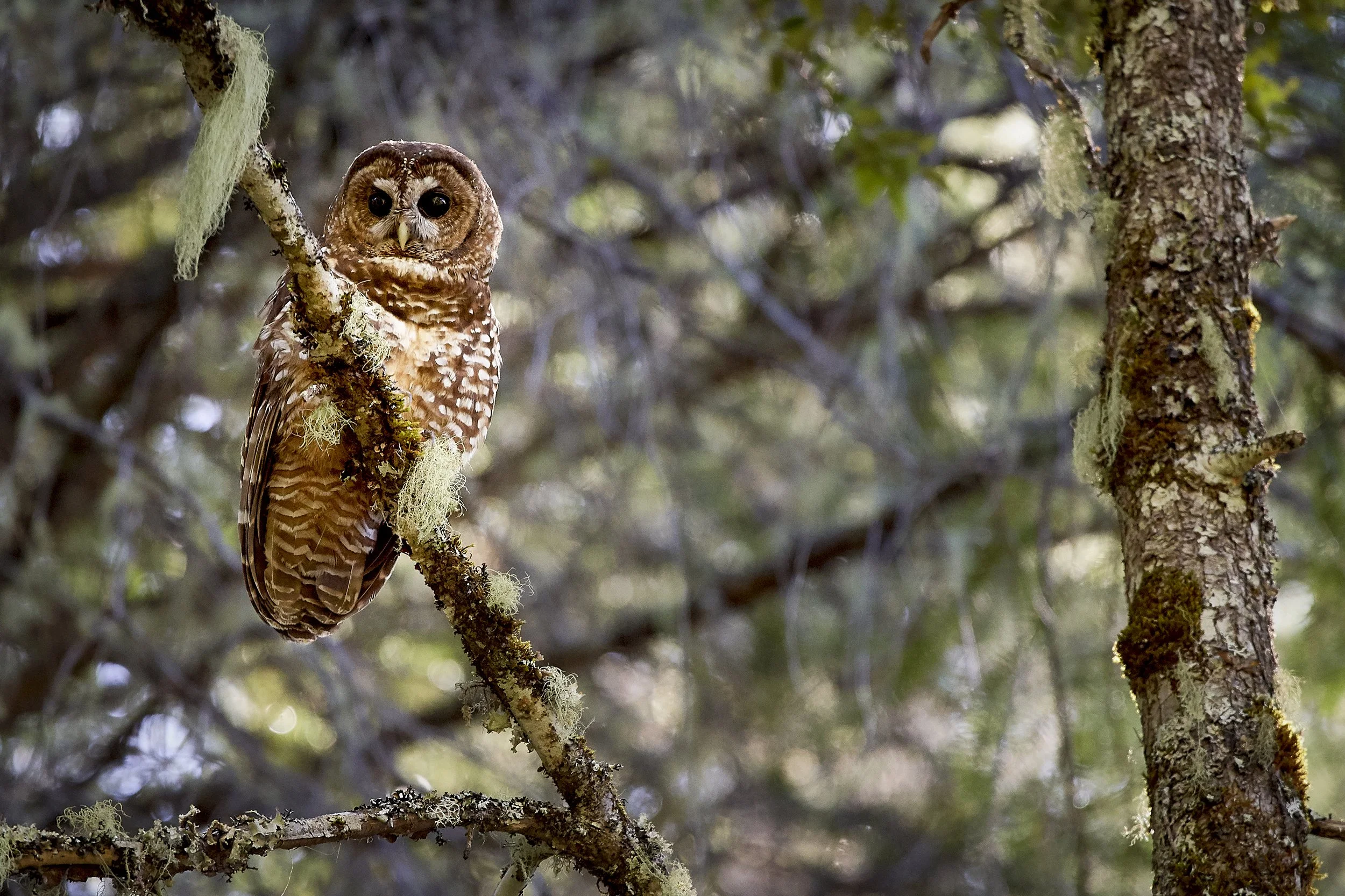More Than a Murmur
The competitive advantage of starling genetics
A murmuration of starlings at dusk. Image credit: Fraser Morrison (CC BY-NC-ND 2.0) via Flickr
by Claire Estelle Lubke
June 21, 2023
The common starling: wherever you are in the world, it's likely you've seen or heard them. The European starling, as they are known in North America, is a highly invasive bird that has begun to make appearances in new environments such as rugged Alaska. What does the incredibly successful spread of starlings mean for the survival of all organisms on a rapidly changing planet?
Listen to this audio feature to find out:
If you are experiencing audio issues refresh the page; an alternative player is available below or here.
Transcript of “More Than a Murmur” audio feature:
Claire Lubke, HOST:
Oh! Hi there. My name is Claire Lubke, and that's the sound of a relatively new neighbor in my hometown.
It's the European Starling, a small black bird with iridescent feathers that started to visit the northern city of Anchorage, Alaska in recent decades. They used to only come for spring breeding season, but now they can be found in our snowy neighborhoods even in the dark of winter.
Wherever you are in the world, it's likely you've seen or heard them too. That's because starlings are considered highly invasive organisms.
Starlings are native to Europe, but throughout the 19th and 20th centuries, Europeans took them wherever they colonized. Starlings were usually introduced on purpose, like the group of Shakespeare fans, who, according to a famous tale, in 1890 and 1891, released dozens of starling pairs into New York City’s Central Park. It was an ecological theater performance. Today, less than 150 years later, starlings are one of the most abundant birds in North America, with an estimated population of around 85 million.
Their large flocks – called murmurations – are found across the continent, and around the globe, in deserts, forests, grasslands, and of course, the subarctic. It’s a wonder how they survive in so many different environments!
Unfortunately, as an invasive species, starlings disrupt native ecosystems, and they’re generally considered a bad thing. That’s why I was excited to talk with Katarina Stuart, a geneticist who asserts that there are valuable insights within the success of the European starlings.
Katarina Stuart:
I'm Katarina Stuart. I finished my PhD at the end of last year in Sydney, Australia, and now I'm a research fellow at University of Auckland in New Zealand.
Lubke:
Dr. Stuart said starlings are so successful because of their behavior in the man-made environment.
Stuart:
They love coexisting with people, and they’re just smart in terms of exploring new food sources, exploring new nesting resources, exploring new areas. And so I really think that those are really the big factors when it comes to why they're so successful.
Lubke:
In fact, starlings are considered agricultural pests because they feast on vineyards and can hack automated cattle feeders. But Dr. Stuart is less interested in the damage they cause and more interested in how their underlying genetic variation allows them to adapt in new environments.
Stuart:
You know, if you have a group of organisms, how do we know whether or not they're going to persist into the future? A huge bit of that story is the underlying genetics and genetic diversity.
Lubke:
But of the 1 billion base pairs of DNA that make up the starling genome, most of the genetic differences between individuals seem to be random.
Stuart:
Genetic variation can be broken down in lots of different ways. It can occur in lots of different signals in the genome, and so we're literally just trying to crack down on that.
Lubke:
It takes a ton of analysis to find even one section of DNA that could be significant when it comes to natural selection in a new environment, but Dr. Stuart perseveres. She hopes that by studying the genetic reasons why starlings are successful invaders, she may be able to understand the amount or type of genetic variation that allows a species to survive. That information could be very helpful for other scientists who are trying to predict if, and where, endangered species may survive in rapidly changing environments.
Stuart:
On the flip side of this, we're talking about adaptation. We’re talking about an organism that’s introduced to somewhere and they’re slowly changing over time. They change a little bit within their environment, they end up almost becoming like, I don't want to say a different species, but they'll be quite different from their native range if you leave them enough generations, and they might end up becoming integrated into the ecosystem a little bit, so that they're now this weird hybrid between something that was invasive but now actually, you know, forms some kind of useful function.
Lubke:
So, like all invasive species, the starling may not be considered invasive forever.
Stuart:
I don't want to say this too loud because I work with invasive species, but I honestly think that invasive species might end up being really useful in the future. I mean, we're essentially able to identify organisms that can cope with strong environmental change and organisms that can cohabit with humans and make use of the resources we give them. If you’ve lost important, like, keystone species from a region, and you need to put something back in there to recover, maybe one day in the future, we'll turn to building ecosystems out of invasive species. I don’t know, that’s like super future sci-fi.
Lubke:
So if being invasive is negative, but being adaptive is positive, what does that mean for species’ survival on a changing planet? Whether in your hometown or mine, the European Starling may help us guide the conversation.
I’m Claire Lubke with The Science Writer. Thanks for listening.
If you are experiencing SoundCloud audio issues, an alternative player is available here:
Audio by Claire Estelle Lubke.
Produced by Armi Rowe and Tara Holley.
Editing and sound design Tara Holley and Claire Estelle Lubke.
Fact checking and copy edits by Catherine Evans and Christopher Graber.
Select nature sounds from TRP (CC0 1.0), ERH (CC BY-NC 4.0), naturenotesuk (CC0 1.0), keweldog (CC0 1.0), dobroide (CC BY 4.0), and genghis attenborough (CC BY-NC 3.0) via FreeSound.org and Vladimir Yu. Arkhipov, Arkhivov (CC BY-SA 3.0) via Wikimedia Commons.
Outro music by StoryBlocks.
Claire Estelle Lubke
Claire Estelle Lubke is a freelance writer from Dena’ina Lands in Anchorage, Alaska. She’s inspired by more-than-human beings, regional food systems, social justice, and the variety of questions that nourish our collective future. Her work has been featured in Edible Alaska.











